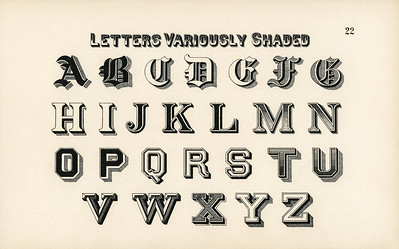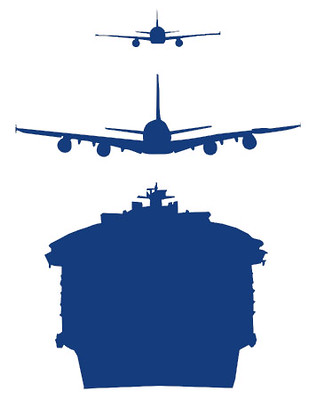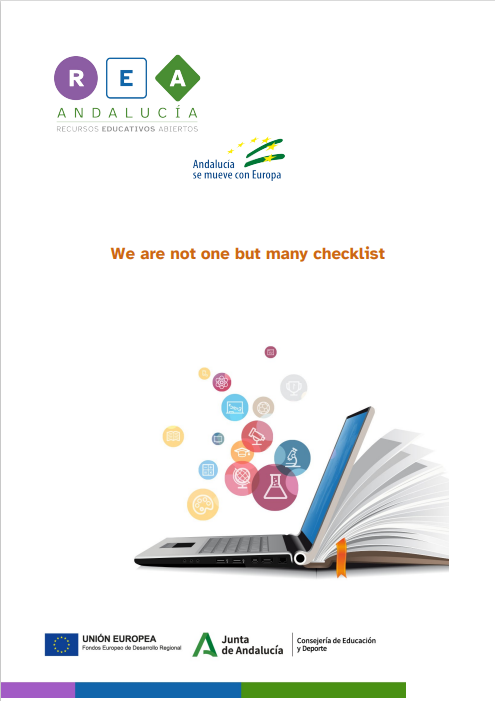Dictionary
Font

- Spanish word:
-
Fuente.
- Audio:
Size

- Spanish word:
-
Tamaño.
- Audio:

Fuente.

Tamaño.

Are you ready to create your roll-up to present your NGOs work and to encourage people to collaborate?
What you have learnt in the previous sections will help you to develop a successful final task.
Create the roll-up to present an NGO. Remember to:
Here you have a checklist. You can download and complete it online or print it and complete it on paper. You can also use it to assess other groups’ performances.
When we work in a group, we also learn as a team.
There are classmates who remember a lot of things, others who speak very well, others who are very skilled with their hands or feet, others who are great at drawing.
We all have superpowers, but when we combine them, we learn together and we can solve any challenge.
That's why it's important that your team follows these tips:
When you create this roll-up it is essential to communicate with the different NGOs by writing them a formal email. Here are some tips to make it easier for you!
In this last step, I am going to ask you to think about what has been the most important thing you have learnt in order to achieve the challenge.
What you discover by thinking, will help you when you have to meet similar challenges in the future.
Stop for a moment and complete STEP 4 of your Learning Diary (What have I learned?)!
Remember:
Cheer up, you'll do great!
En este último paso te voy a proponer que pienses en qué ha sido lo más importante de todo lo que has aprendido para conseguir el reto que te proponíamos.
Lo que descubras pensando en ello te servirá para cuando tengas que alcanzar retos parecidos en un futuro.
¡Para un momento y completa el PASO 4 de tu Diario de aprendizaje (¿Qué he aprendido?)!
Recuerda:
¡Ánimo, que lo harás genial!
Licensed under the Creative Commons Attribution Non-commercial Share Alike License 4.0